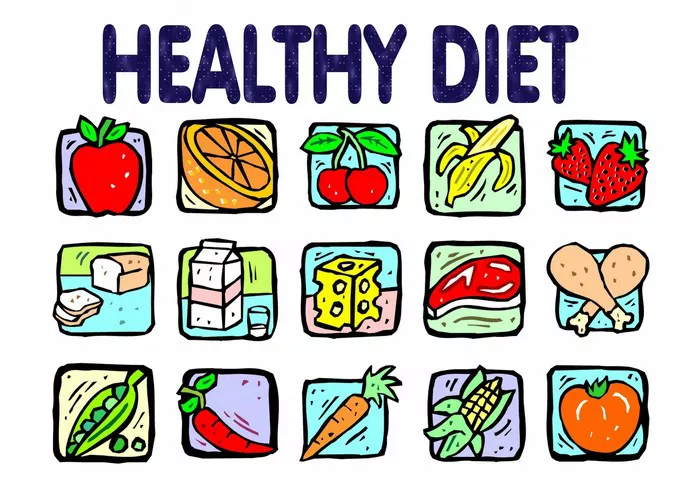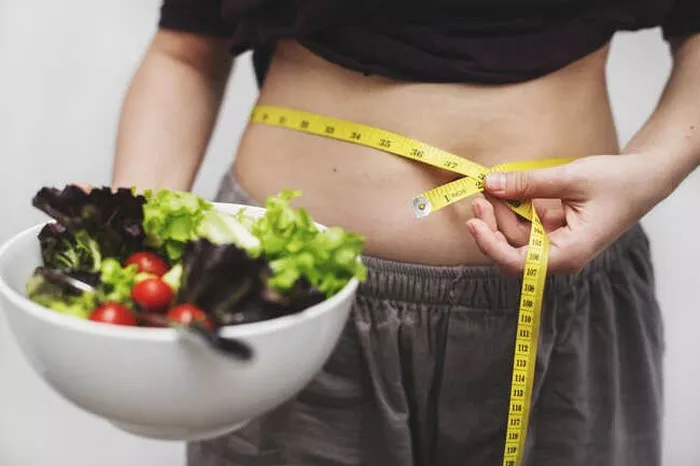In the realm of weight management and achieving fitness goals, the concept of a calorie deficit plays a pivotal role. Many individuals aiming to lose weight understand that consuming fewer calories than they burn is key, but determining what constitutes an appropriate calorie deficit can be a complex and highly individualized matter. It involves a careful balance between promoting fat loss while safeguarding muscle mass, maintaining energy levels, and ensuring overall health and well-being. This extensive essay will delve deep into the world of calorie deficits, exploring the factors that influence it, different methods of calculating it, potential benefits and risks, and how to implement it effectively in a sustainable way for long-term success.
Understanding the Basics of a Calorie Deficit
What is a Calorie Deficit: A calorie deficit simply means consuming fewer calories than your body expends over a given period. When this occurs, the body is forced to use stored energy, primarily in the form of body fat, to make up for the shortfall. This process is the fundamental basis for weight loss. However, it’s not just about cutting calories haphazardly; rather, it’s about creating a carefully calculated and sustainable shortfall that allows the body to adapt and continue functioning optimally.
Our bodies are constantly burning calories through various processes, including basal metabolic rate (BMR), which is the energy needed to maintain basic physiological functions like breathing, circulation, and cell production while at rest. Then there’s the energy used for physical activity, whether it’s structured exercise like going to the gym or everyday activities like walking, climbing stairs, or doing household chores. Additionally, the body expends calories through the thermic effect of food, which is the energy required to digest, absorb, and metabolize the nutrients we consume.
The Role of Energy Balance in Weight Management
Energy balance is the relationship between the calories we take in and the calories we burn. When energy intake equals energy expenditure, we are in a state of energy balance, and body weight remains stable. When we consume more calories than we burn (a calorie surplus), the excess energy is stored as fat, leading to weight gain over time. On the other hand, when we create a calorie deficit, the body starts tapping into its stored energy reserves, resulting in weight loss.
Understanding this delicate balance is crucial because it highlights the importance of not only reducing calorie intake but also considering ways to increase energy expenditure through physical activity and lifestyle changes. For example, someone who sits at a desk all day and has a sedentary lifestyle will have a lower overall energy expenditure compared to an individual who is physically active, even if they consume the same amount of calories.
Factors Influencing the Appropriate Calorie Deficit
Age: Age plays a significant role in determining an appropriate calorie deficit. As we get older, our basal metabolic rate tends to decline. This is due to several factors, including a decrease in muscle mass (since muscle is more metabolically active than fat) and changes in hormonal levels. For example, a 25-year-old with a relatively high BMR might be able to tolerate a larger calorie deficit without feeling overly fatigued or experiencing a significant slowdown in metabolism compared to a 55-year-old.
The older individual may need to create a more moderate calorie deficit to avoid losing muscle mass too rapidly or experiencing a sharp drop in energy levels. Additionally, older adults may have different nutrient requirements, and a drastic calorie reduction could lead to deficiencies in essential vitamins and minerals if not carefully planned.
Gender: Gender differences also impact the appropriate calorie deficit. Generally, men tend to have a higher muscle mass than women, which means they have a higher basal metabolic rate. On average, men burn more calories at rest than women of the same age and body weight. For instance, a man weighing 180 pounds might burn around 1,800 calories at rest in a day, while a woman of the same weight might burn closer to 1,500 calories.
Potential Benefits of an Appropriate Calorie Deficit
Weight Loss and Fat Reduction: The most obvious benefit of a properly calculated calorie deficit is weight loss. By consistently consuming fewer calories than your body burns, you’ll gradually deplete your body’s fat stores, resulting in a reduction in body weight and body fat percentage. This can lead to a more toned physique, improved self-esteem, and a reduced risk of various health issues associated with excess weight, such as type 2 diabetes, heart disease, and certain types of cancer.
Moreover, when the calorie deficit is managed in a way that preserves muscle mass (through adequate protein intake and continued physical activity), the weight loss is more likely to be from fat rather than muscle, which is beneficial for maintaining a healthy metabolism and overall body composition.
Improved Metabolic Health: Maintaining an appropriate calorie deficit can have positive effects on metabolic health. For example, it can help improve insulin sensitivity, meaning the body becomes more efficient at using insulin to regulate blood sugar levels. This is particularly important for individuals at risk of or already diagnosed with type 2 diabetes. A calorie deficit can also lead to improvements in lipid profiles, such as lowering triglyceride levels and increasing HDL (good) cholesterol levels, which are beneficial for heart health.
Implementing an Appropriate Calorie Deficit in Daily Life
Dietary Adjustments: To create a calorie deficit through dietary changes, start by assessing your current eating habits. Look for areas where you can make simple substitutions or cut back on calorie-dense, nutrient-poor foods. For example, instead of drinking sugary sodas or fruit juices with added sugar, switch to water, unsweetened tea, or black coffee. Replace high-fat, processed snacks like chips or cookies with healthier options like fresh fruit, nuts, or yogurt.
You can also reduce portion sizes of higher-calorie foods while increasing your intake of vegetables, which are low in calories but high in fiber and nutrients. This helps you feel full and satisfied while consuming fewer calories overall. Additionally, focus on spreading your calorie intake evenly throughout the day to maintain stable energy levels and avoid extreme hunger or cravings.
Physical Activity and Exercise: Increasing physical activity is a key component of creating and maintaining a calorie deficit. Incorporate both aerobic exercises, like walking, running, cycling, or swimming, which burn calories during the activity, and strength training exercises, such as weightlifting or bodyweight exercises like push-ups and squats. Strength training is especially important as it helps preserve and build muscle mass, which in turn boosts metabolism.
Conclusion
Determining an appropriate calorie deficit is a complex yet crucial aspect of successful weight management. It requires taking into account multiple factors such as age, gender, body composition, and activity level to create a personalized plan that promotes fat loss while safeguarding muscle mass, maintaining energy levels, and ensuring overall health. By understanding the science behind calorie deficits, using reliable methods to calculate them, being aware of the potential benefits and risks, and implementing them effectively in daily life through dietary adjustments, physical activity, and careful monitoring, individuals can embark on a sustainable weight loss journey that leads to long-term health and well-being. Remember, it’s not about extreme calorie cutting but rather finding that optimal balance that works for your unique body and lifestyle.
Related Topics:

























